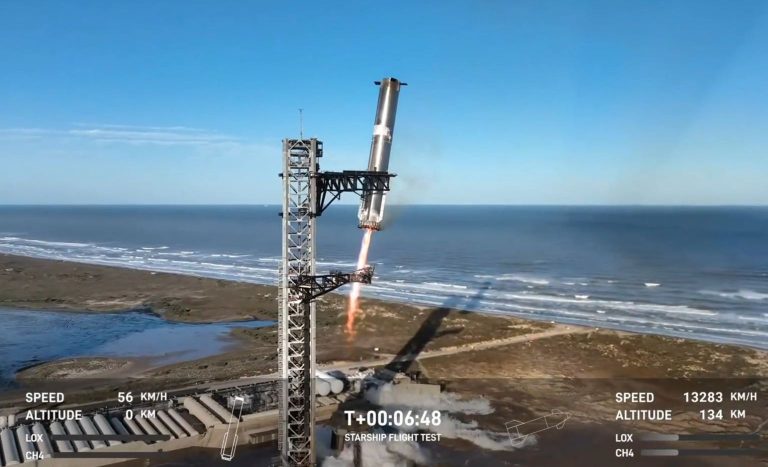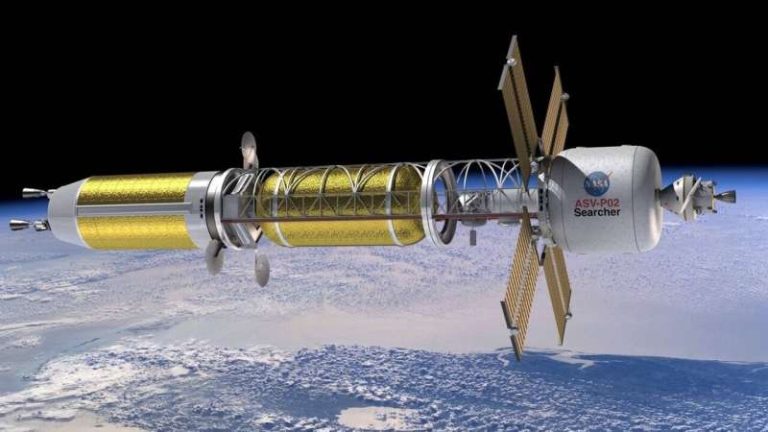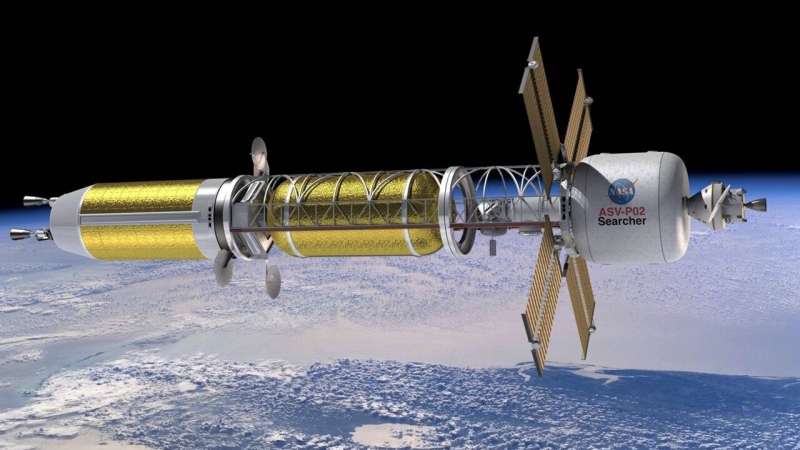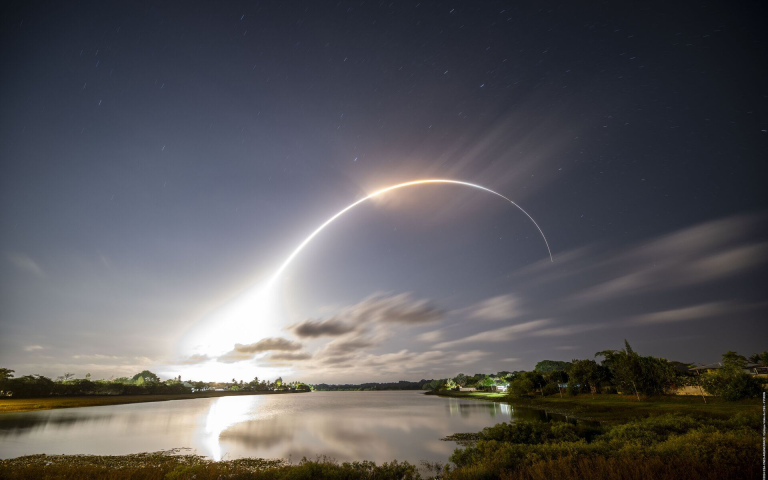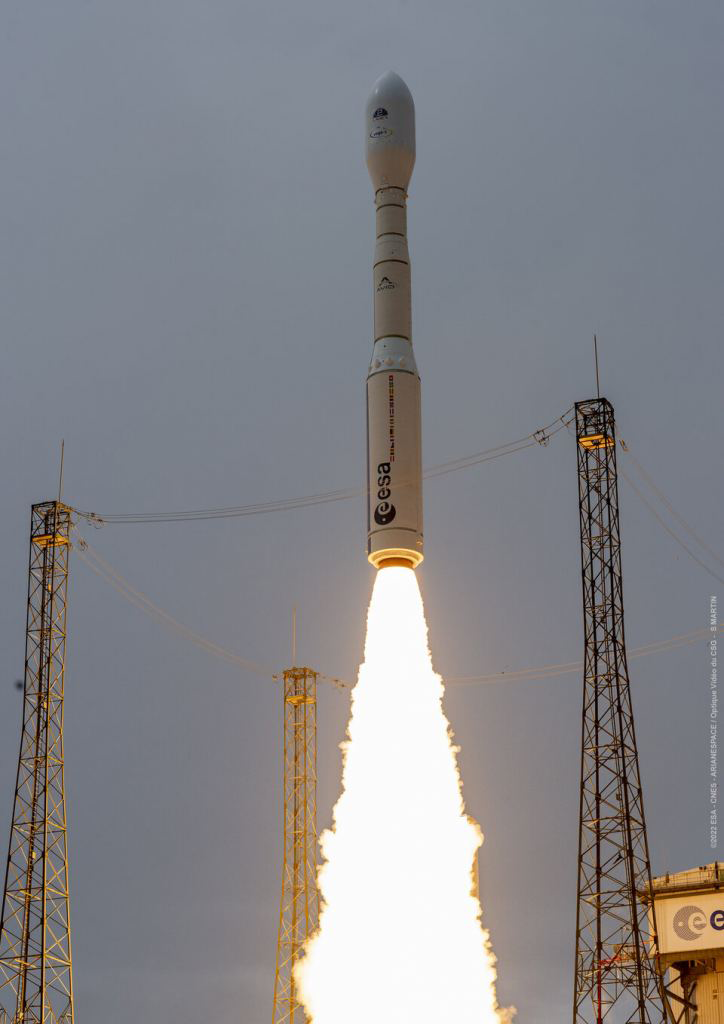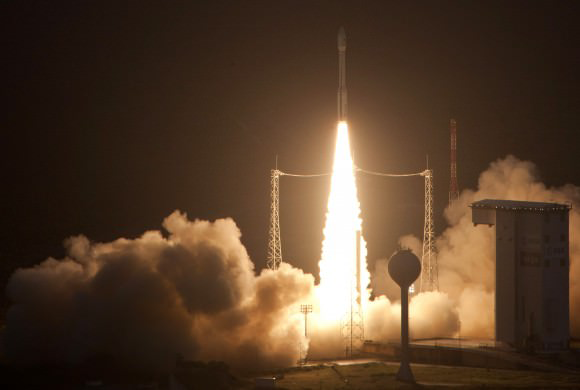Nuclear Fuel for Space Exploration: NASA and General Atomics’ New Test for Moon and Mars Missions
Nuclear thermal propulsion testing by NASA and General Atomics marks a significant step forward in space exploration technology. This breakthrough promises reduced travel time to Mars and enhanced safety for future manned missions in deep space.
Summary
- NTP uses nuclear reactors to propel spacecraft, drastically reducing travel times.
- NASA and General Atomics successfully tested new reactor fuel under extreme conditions.
- The fuel endures high temperatures and rapid thermal cycles.
- Efficiency is two to three times higher than chemical rockets.
- Shorter missions reduce astronaut exposure to cosmic radiation.
- Tests simulated temperatures up to 2600 Kelvin and 3000 Kelvin.
- It is the first use of NASA’s compact fuel element test facility.
- Material enhancements improved fuel performance.
- The tests lay the foundation for future nuclear-powered spacecraft.
- Continued collaboration is key to refining the technology.
- Future missions include cislunar and deep space travel.
- The research advances military and civilian space initiatives.
- This development could revolutionize interplanetary travel.
- Engineering improvements guide future designs.

Introduction
The drive to explore space inspires technological advancements. Researchers seek alternatives to traditional rocket propulsion to make space travel faster and safer. Nuclear thermal propulsion, which uses nuclear reactions to heat a propellant, is one promising method. This technology could shorten journeys to Mars and beyond. The collaboration between NASA and General Atomics highlights innovation in aerospace engineering. Their recent test of a new reactor fuel under extreme conditions is a pivotal moment. This breakthrough brings us closer to manned deep space missions and paves the way for revolutionary space travel.
Nuclear Thermal Propulsion Explained
Nuclear thermal propulsion harnesses energy from nuclear reactions to heat a propellant like hydrogen. The heated propellant expands and is expelled to produce thrust. This method is far more efficient than chemical propulsion because it achieves higher temperatures and generates greater thrust with less fuel. Such efficiency can significantly shorten travel times for interplanetary missions.
Testing the Fuel
Testing nuclear fuel requires simulating the harsh environment of space. At NASA’s Marshall Space Flight Center, the reactor fuel underwent extreme thermal cycles. The fuel experienced rapid temperature increases, reaching up to 2600 Kelvin and even 3000 Kelvin in some tests. Hot hydrogen gas simulated reactor conditions, while engineers evaluated protective enhancements in the fuel design. These tests confirm that the fuel remains stable and effective under severe conditions, providing confidence in its potential for future space missions.
Implications for Space Exploration
The adoption of nuclear thermal propulsion could transform space travel. One significant benefit is the dramatic reduction in transit time to destinations such as Mars. Shorter journey durations mean that astronauts would face less exposure to cosmic radiation, one of the most serious risks of long-duration missions. Additionally, reducing travel time can lower the onboard supply requirements, resulting in cost savings and more efficient mission planning. This technological breakthrough is not only a boon for space exploration but also holds potential benefits for future commercial space travel.
Mission Efficiency and Cost Savings
The efficiency of nuclear thermal propulsion is evident when comparing it to chemical propulsion systems. Nuclear systems offer reduced transit times and lower radiation exposure, which can lead to significant cost savings over a mission’s duration. This table summarizes the differences in key areas between chemical and nuclear propulsion.
| Aspect | Chemical Propulsion | Nuclear Thermal Propulsion |
|---|---|---|
| Transit Duration | Longer, increased risk | Shorter, reduced risk |
| Supply Requirements | High, extensive planning needed | Lower, streamlined logistics |
| Radiation Exposure | Increased over time | Reduced due to faster travel |
| Overall Mission Cost | Higher due to extended duration | Lower, thanks to efficiency gains |
Technical Overview
Developing reliable nuclear fuel for space missions involves overcoming several technical challenges. The fuel must be engineered to endure extreme temperatures and rapid thermal cycling. Advanced materials and innovative design enhancements have been introduced to improve the structural integrity of the fuel elements. These improvements aim to ensure that the fuel remains stable during the intense conditions experienced in a nuclear reactor. Rigorous testing procedures simulate the harsh environment of space, providing valuable data that drive further improvements in fuel technology.

Future Prospects
The success of these tests opens up new opportunities for the future of space exploration. Engineers and scientists are now focusing on scaling up nuclear thermal propulsion systems for practical use. The next steps involve integrating these advanced fuels into complete propulsion systems and conducting full-scale tests. With continued support and collaboration from organizations like NASA and General Atomics, the dream of faster, safer space travel is becoming more tangible. This innovation not only promises significant improvements for interplanetary missions but also for other applications where high-efficiency propulsion is needed. This progress encourages further dedicated research and international cooperation in space technology.
Finally, the recent successful testing of nuclear fuel by NASA and General Atomics represents a major breakthrough in the field of space exploration. By demonstrating that nuclear fuel can withstand extreme conditions, the potential for nuclear thermal propulsion has been solidly established. This technology could dramatically reduce travel times to Mars and beyond, making long-duration space missions safer and more efficient. The collaborative efforts between public agencies and private companies highlight the innovative spirit that continues to drive progress in aerospace engineering. As further tests and developments unfold, nuclear thermal propulsion is poised to become a cornerstone of future space travel.
Fun Facts
- Nuclear thermal propulsion has the potential to reduce Mars transit times by up to 50%.
- Advanced fuel testing simulates the extreme conditions of space.
- Innovative materials improve fuel durability under rapid temperature changes.
- Collaboration between NASA and General Atomics drives cutting-edge research.
- The technology may eventually benefit both space exploration and terrestrial energy applications.


